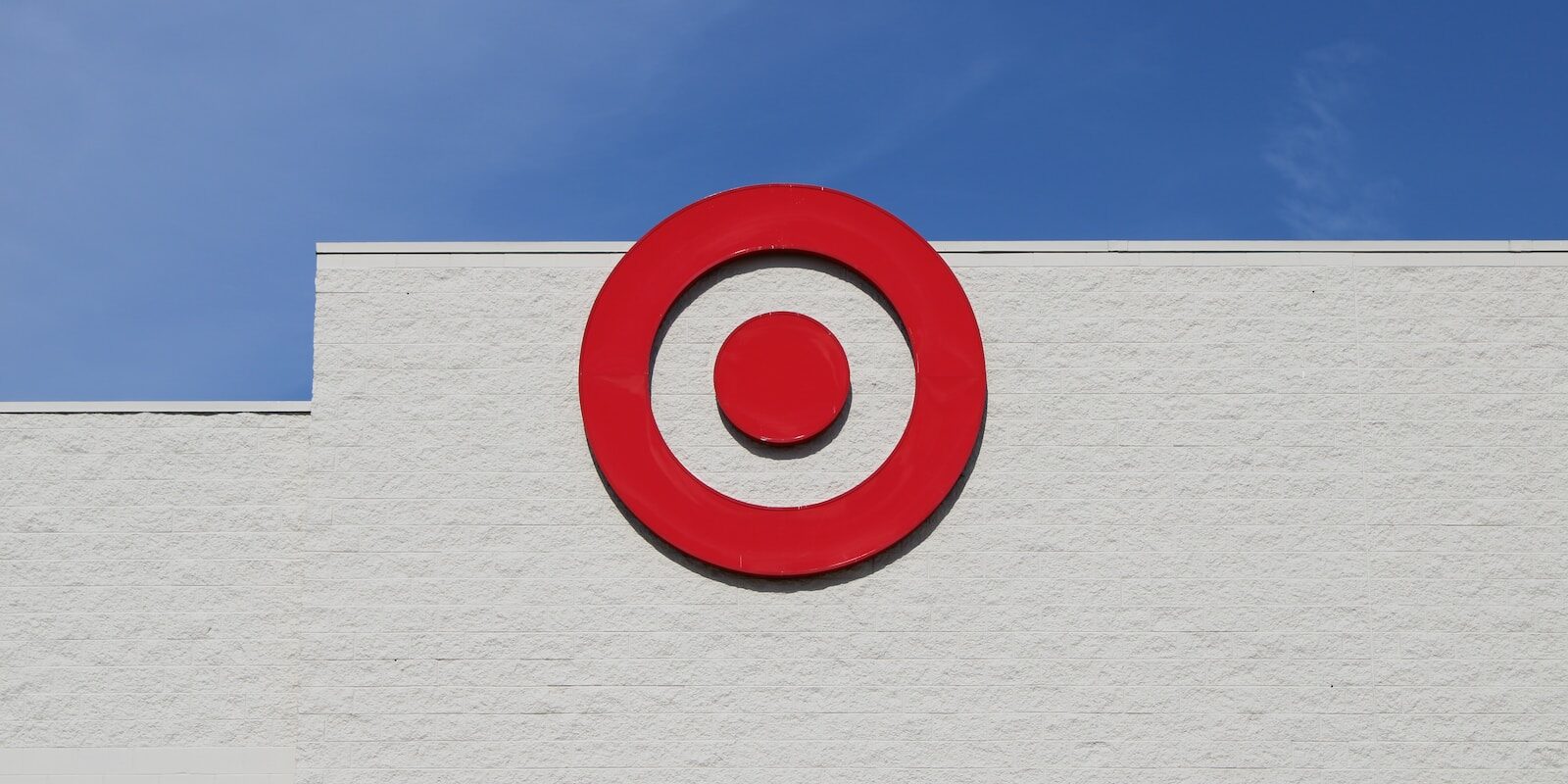
Photo by Daniel ODonnell on Unsplash
Can Target’s ‘Project Trident’ Membership Rival Amazon Prime and Walmart+?
In the ever-evolving retail landscape, there’s a notable development brewing over at Target. It’s reportedly crafting a new paid membership plan, internally referred to as “Project Trident.” This forthcoming initiative represents Target’s endeavor to put up more substantial competition against retail rivals with membership programs like Amazon Prime and Walmart+.
Target is no stranger to customer loyalty programs. Back in 2019, it launched its free loyalty program, Target Circle. Members enjoy access to hundreds of deals and can direct Target’s community support efforts through voting. A key perk is earning 1% rewards for future shopping, although this doesn’t stack with the 5% RedCard discount.
The process for taking advantage of special offers can be a bit convoluted, since you’ll need to save the deals on your account first, then present a barcode or phone number at checkout to apply your discounts on top of the RedCard’s 5%. This can be frustrating if your phone has trouble connecting to the internet, stalling the line as you wait for the app and coupons to load.
Project Trident is predicted to push the boundaries further than Target Circle by offering additional benefits.
It seems like it will be a paid subscription service, according to Bloomberg, which cited unnamed sources familiar with the matter. This puts it more directly in line with Walmart and Amazon’s paid membership plans. Currently, a Walmart+ plan is either $12.95 per month or $98 for a whole year, and an Amazon Prime membership is $14.99 per month or $139 per year in the U.S.
A significant feature of this new membership plan could be the integration of Shipt, Target’s owned grocery delivery business. Consumers might find the convenience of having their groceries delivered to their doorsteps particularly attractive, given the current prevalence of online shopping. The question then is, how will it compare with Amazon Prime? Shipt currently offers same-day delivery provided by in-store shoppers, proving to be a unique advantage.
Currently, there’s no definitive word from Target on the details of Project Trident. The company chose not to respond when asked for clarification. This lack of confirmation adds an element of intrigue and speculation to the discussion of what this new membership program might entail.
The reasoning behind Target’s consideration of a new premium membership plan is possibly linked to its reported decline in revenues. The company has seen a concerning 4.9% drop in comparable sales, as revealed in its most recent earnings report. This suggests a need for Target to diversify its revenue streams and innovate to attract and retain customers.
The conversation becomes particularly thought-provoking when juxtaposing Project Trident with Amazon Prime and Walmart+. These subscription services are well-established in the market, boasting a plethora of advantages for their members, ranging from speedy delivery to exclusive sales access.
Amazon Prime offers extensive benefits, including special discounts, streaming services, and a “Try Before You Buy” clothing service. Walmart+, although newer, includes a Paramount+ subscription and fuel savings.
Additionally, Walmart is currently working on several technological initiatives as part of its “Store of the Future” concept. This includes the creation of digital labels for easier in-store navigation, along with plans to remodel 150 stores over the next five years to create a seamless blend of in-person and online shopping. Furthermore, Amazon is pushing things forward with its AI chat-driven sales assistant.
In light of such robust competition, the success of Target’s paid membership plan hinges on how it differentiates itself from Amazon Prime and Walmart+. This differentiation could be in the form of unique services or exceptional customer experiences. Once launched, will Project Trident possess the competitive edge it needs to challenge them?
Discussion Questions
Considering the competitive landscape of subscription-driven retail services, how might Target’s “Project Trident” disrupt the existing dynamic between Amazon Prime and Walmart+?
As online shopping convenience becomes crucial, could the integration of Shipt into Project Trident redefine expectations for grocery delivery services and challenge Amazon Prime’s dominance?
In the face of declining revenue, could Project Trident serve as a catalyst for diversifying Target’s income stream without alienating its consumer base, and how might this shape the future of retail experiences?
